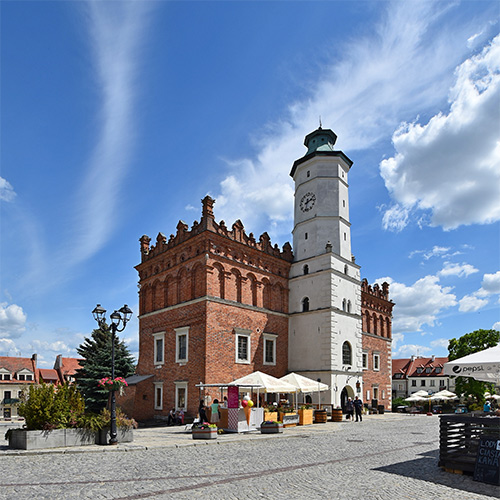How to protect cultural heritage?
Fires in historic and historical buildings are one of the greatest threats to our cultural heritage. Traditional fire protection measures are often insufficient, which is why modern solutions, such as sprinkler systems in historical buildings, are becoming an invaluable support in the fight against the destructive power of fire. In this article, we will present how these systems work, what technical challenges accompany their installation and how they affect the preservation of the architectural integrity of historical buildings.
How can sprinkler systems be adapted to the specifics of historic buildings?
The introduction of sprinkler systems in historic buildings requires consideration of the unique characteristics of each building. First, it is important to preserve the original materials and architectural integrity. Specialists design systems so that fire sprinkler pipes are concealed in existing spaces, such as suspended ceilings or wall niches, minimizing their visibility.
Technologies such as modern technologies for the protection of monuments enable precise integration of installations with the building, without the need to reconstruct it. For example, the use of lightweight materials for the construction of pipes and safe connections means that the risk of structural damage is minimized.

What are the main technical challenges when installing sprinkler systems in historic buildings?
Installing a system in historic buildings is a complex task that requires cooperation between engineers, conservators and architects. The most common challenges include:
- [u]protection of delicate architectural elements[/u] – installation of pipes and sprinkler heads must not violate historic details such as stucco, frescoes or wooden ceilings;
- [u]adapting the system to structural constraints[/u] – historic buildings often have irregular structures that require an individual design approach;
- [u]minimizing the risk of water damage[/u] – choosing water mist or low-flow sprinkler technology reduces the risk of flooding valuable collections such as documents, paintings and sculptures.
An example of effective technology adaptation are fire protection systems for historic buildings, which use intelligent control to precisely direct water only to places at risk of fire.
Can sprinkler systems affect the aesthetics and integrity of historic buildings?
Aesthetics and architectural integrity of monuments are a priority when implementing sprinkler systems in monuments. These systems, thanks to the use of hidden installations and special covers for sprinkler heads, can be almost completely masked. Many companies offer personalized solutions that imitate original architectural details.
What’s more, the use of technologies such as water mist allows for the visibility of installations to be limited, which is particularly important in buildings of great historical value. Thanks to this, protection of cultural heritage from fire can be effective, while not compromising the original character of the building.
Implementing sprinkler systems in historic buildings is a complicated process that requires advanced technical knowledge and close cooperation between experts. However, the benefits of their use, such as protecting life, property and preserving cultural heritage, are invaluable. Thanks to modern technologies, such as fire protection systems for historic buildings, it is possible to effectively protect buildings against fire without compromising their aesthetics and integrity.
